Social Issue Films X Open Source: The CinemataCMS Experience
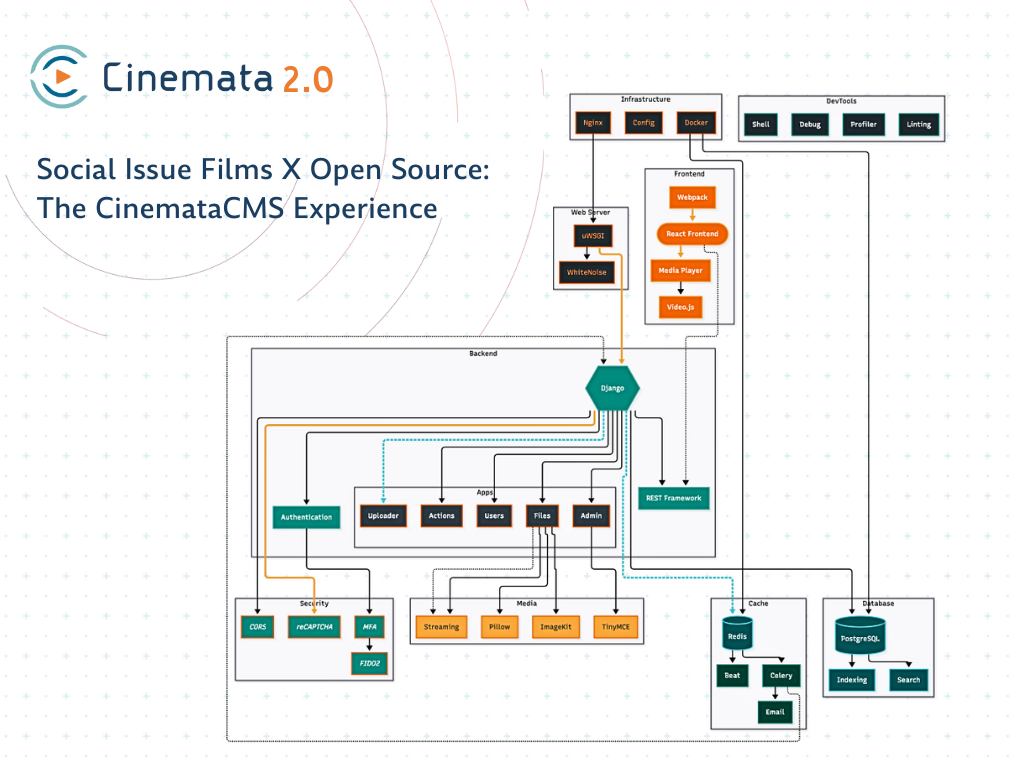
How our team built community-driven technology for social justice filmmakers, told by King Catoy, Development Lead
Four years ago, when Cinemata.org launched as a video platform for social issue filmmakers across the Asia-Pacific, we had no idea we'd one day be writing about building our own content management system. Back then, our focus was simple but crucial: migrate 3,000 videos from EngageMedia's aging Plumi-based site to MediaCMS, and create a digital home for advocacy films that mainstream platforms wouldn't support.
Today, I'm writing this after our successful CinemataCMS 2.0 launch event on July 31, 2025 – a moment that felt like celebration and beginning all at once. Our open-source, community-built platform is now live, powered by a team of talented Southeast Asian developers who've transformed not just our codebase but our entire approach to building ethical technology.
This is the story of that transformation.
How It Started
When Cinemata first went live in 2021, we built it on MediaCMS - a project by Markos Gogoulos and his team. It gave us exactly what we needed: a Django-based video platform that could handle serving advocacy content across a region with very different internet infrastructure.
Those early years weren't just about technology. While I worked with Anna Helme, EngageMedia co-founder, and the MediaCMS team on new features, such as Trusted Users functionality and index page improvements, our colleagues at EngageMedia were building partnerships with organisations like Freedom Film Network, Gawad Alternatibo, other film festivals, and alternative media outlets. We learned that platform success isn't just about code – it's about community.
But we were always building something specific: a platform for human rights defenders, environmental advocates, and social issue filmmakers, on top of something general-purpose.
Why We Changed Course
By 2024, EngageMedia's leadership and our curatorial team were seeing things that made us rethink our approach.
First, security became more critical. Our users weren't just content creators. They were social issue filmmakers making cinematic pieces about police brutality, environmental destruction, and human rights violations. A security vulnerability wasn't just a technical problem – it could put real people in real danger.
Second, relying on one developer doesn't make a project sustainable. Open technology is core to EngageMedia's values, and building our own development capacity aligned with that principle. When priorities shift or roadmaps diverge, community-controlled projects need community-controlled development.
Third, we kept encountering organisations that needed their platforms but couldn't imagine it was possible. Our curators' outreach work revealed something interesting: memory projects, university archives, and regional collectives would get excited about what Cinemata represented, but running their own video platform seemed impossibly complex. The dominance of Big Tech, like YouTube, Vimeo, and Facebook, has created a mental model where video hosting means depending on corporate platforms. The possibility of community-controlled alternatives felt like a distant dream, even when the need was obvious.
The solution became clear: diverge from MediaCMS, build our own development team, and open-source everything so others could benefit from our work.
Cinemata Security Audit
Our transformation started with a security audit from the Open Technology Fund's Red Team Lab and our security auditor, Assured. What we thought would be a routine check-up turned into a five-month intensive program for our platform's security.
The audit results were not to be taken lightly. Cross-site scripting vulnerabilities, session management issues, API exposure problems, weak password protections – issues that could have compromised the very activists we were trying to protect.
But here's what I learned about building technology for social justice: every crisis is an opportunity to do better. Instead of just patching vulnerabilities one by one, we decided to treat security as a chance to redesign our foundation. This decision set the stage for everything that followed.
Building the Team
This is where our story becomes something I'm really proud of. Instead of hiring another external contractor, we decided to invest in building a regional developer community. The logic was simple: Southeast Asian developers understand the region's technical challenges, share our values around digital rights, and could build sustainable long-term capacity.
Finding the right people was more complex. We needed developers with specific skills – Django expertise, security experience, and frontend capabilities – who could work remotely, communicate well, and align with our mission.
Our approach evolved from trying to find one developer who could handle everything to building a team with specialised roles. Instead of one full-stack developer juggling security, frontend work, documentation, and system administration, we created focused responsibilities:
- Security and MFA implementation (Jay Cruz from the Philippines)
- Frontend infrastructure and security hardening (Adryan Eka Vandra from Indonesia)
- Editor integration and user experience (John Henry Galino from the Philippines)
- Documentation and community engagement (Khairunnisa Isma Hanifah from Indonesia and Mico Balina from the Philippines)
- Security specialist and site administration (Ashraf Haque from Bangladesh)
Each developer brought not just technical skills but regional perspective. They understood why loading times mattered differently in Jakarta versus Manila, why mobile-first design wasn't optional, and why privacy features needed to account for varying levels of internet freedom across the region.
What We Built
Between February and July 2025, our team accomplished what felt impossible six months earlier. Here's what 285++ commits, countless video calls, and a lot of collaboration produced:
Frontend That Serves the Region
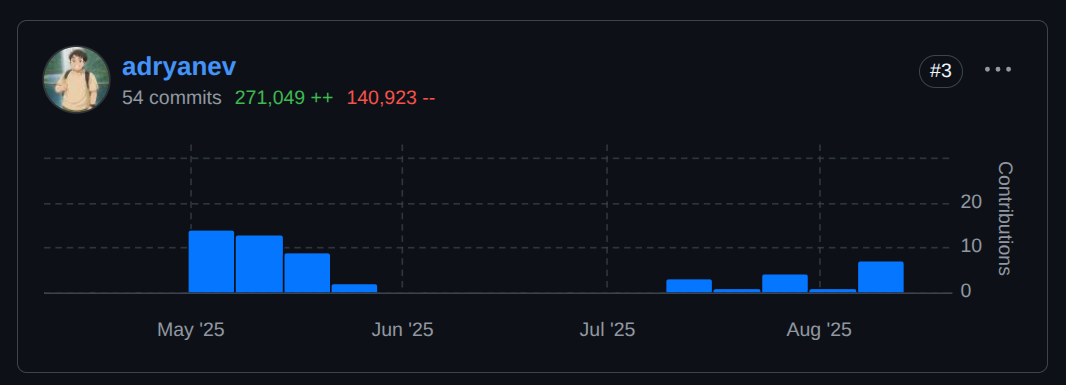
Adryan Eka Vandra tackled our most complex challenge: making CinemataCMS perform well across Southeast Asia's varied internet infrastructure. His work included updating frontend dependencies, making our video player smarter, and integrating Cloudflare optimisation that created a foundation for reliable video streaming, whether you're in Singapore or rural Philippines. He's also working on implementing x-accel-redirect for more secure video delivery. As a voluntary contribution, Adryan set up development containers that made it much easier for the whole team to get their development environments running smoothly.
Security Infrastructure That Actually Protects

Jay Cruz led our multi-factor authentication implementation, transforming administrator security from "hope nobody gets your password" to industry-standard protection with authenticator apps and backup codes. Jay also worked on updating our Whisper.cpp integration – we'd had automatic speech recognition before, but it needed significant improvements to be truly functional. The team continues to learn and find the right parameters to make AI-powered transcription serve our filmmakers better, especially for non-English content across the region.
User Experience That Makes Sense
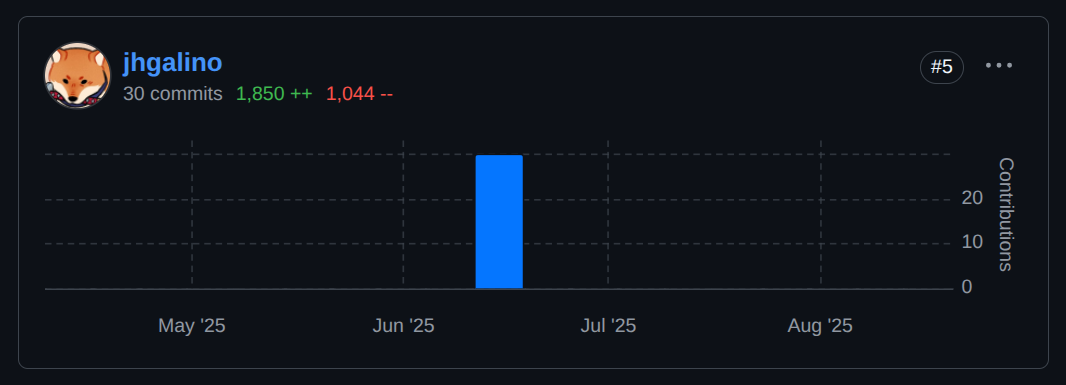
John Henry Galino replaced our aging CKEditor with TinyMCE, transforming content creation from a frustrating exercise in fighting with outdated tools to an intuitive experience worthy of the stories our users tell. The Blog and Curators' Voices section on the sidebar became possible because of his work.
Documentation That Empowers


Khairunnisa Isma Hanifah and Mico Balina created something we'd never had before: comprehensive documentation that assumes you're smart but doesn't assume you already know everything. Their work means CinemataCMS can grow beyond our core team because others can actually understand how to use it.
Security Administration That Scales
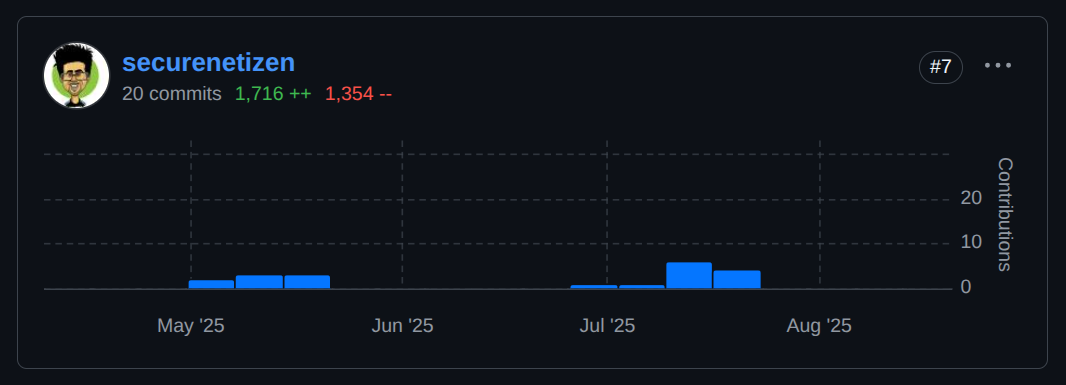
Ashraf Haque brought system administration expertise that transformed our infrastructure from "fingers crossed it works" to "monitored, secured, and ready for growth." His code reviews and security protocols mean we can sleep better knowing our platform protects the activists who depend on it.
The Numbers Tell a Story
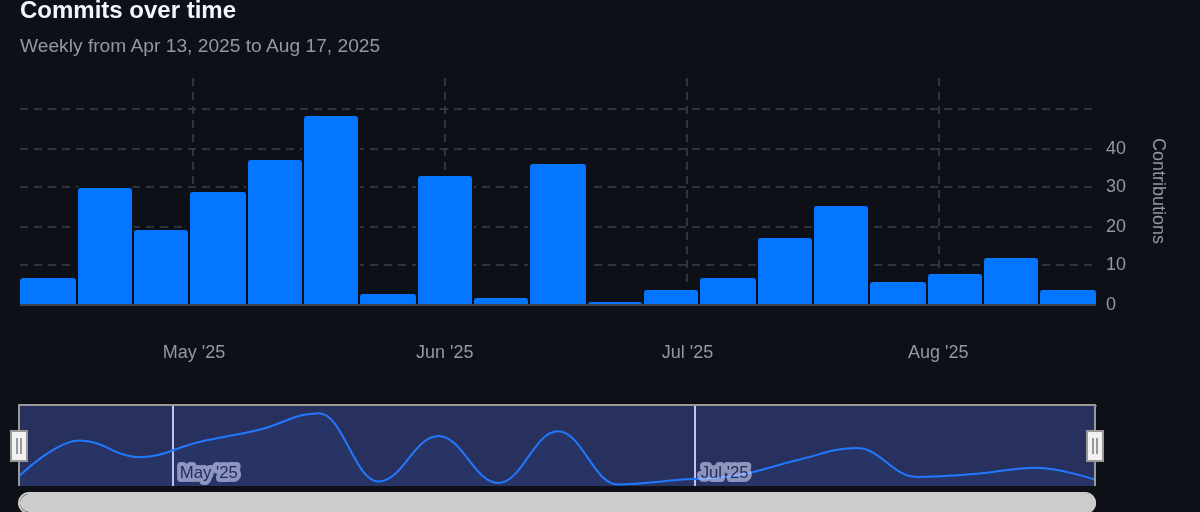
But the numbers that matter most aren't in our GitHub repository. They're in the stories we're now equipped to support: the documentary filmmaker in Thailand who can now use auto-transcription for better accessibility, the human rights organization in Indonesia whose sensitive videos are protected by enterprise-grade security, the film collective in the Philippines that can create their own CinemataCMS instance for community archives.
Lessons Learned
Building CinemataCMS 2.0 taught our team, mostly project managers, filmmakers, and video activists, before this journey, some important lessons about technology development:
- For filmmakers and advocates - Technical infrastructure isn't separate from your mission – it's part of it. The security features protecting your content, the loading speeds enabling rural access, and the transcription tools improving accessibility aren't "tech issues," but justice issues. Getting involved in platform development, even at a basic level, makes your advocacy more powerful.
But here are questions worth reflecting on: why do Big Tech platforms have blazing-fast loading times? It's because viewer attention is monetised – platforms like YouTube and Facebook are willing to spend billions on cloud infrastructure because they profit from shaping our consciousness through algorithmic feeds and targeted advertising. Are Netflix and other video-on-demand platforms really the blazing glory for filmmakers? Who benefits when access to your work – especially short films – is gatekept by corporate algorithms that prioritise engagement over impact?
- For developers - Building technology for social justice requires different approaches than building for profit. Your users might be under surveillance. Your uptime requirements include people documenting human rights violations. Your accessibility features might be the difference between someone's story being heard or disappearing. This context changes everything about how you approach security, performance, and user experience.
- For both communities - The most powerful projects happen when technical expertise meets deep domain knowledge. Our Southeast Asian developers didn't just implement features – they understood why those features mattered for advocacy work in the region. That understanding created better software than either community could have built alone.
- The project team - Despite my non-technical background in software development, I learned that having a clear understanding of what we want, why we want it, and how it benefits Asia-Pacific social issue filmmakers is essential. Being good communicators with developers matters: when you explain the context behind features, their expertise kicks in. They contribute more to the project and become advocates for ethical technology themselves. It's also important to keep learning the tech stack. These days, there are incredible resources available, and AI tools that can help with open-source projects like CinemataCMS. The learning curve isn't as steep as it used to be.
What's Next
Our July 31st launch represents the beginning, not the end, of our journey. Here's what we're building toward:
Milestone 2 (August 2025 - January 2026): Community Engagement
We're developing features that transform CinemataCMS from a hosting platform to a community-building tool:
- Co-viewing experiences for watch parties and collaborative screenings
- Community engagement tools connecting filmmakers directly with audiences
- Enhanced user experience with mobile-optimised design and personalised recommendations
- Direct filmmaker support through e-money platform integration
Milestone 3 (2026-2027): Advanced Creator Tools
The long-term vision includes:
- Live streaming integration for real-time advocacy events
- Advanced creator dashboards with analytics and audience insights
- Community screening features supporting in-person events
The Call Remains Open
Here's what excites me most about this moment: we're just getting started. Our developer community is growing, but there's room for many more. It means considering surveillance contexts, prioritising accessibility, respecting privacy, and recognising that your technical decisions have political implications. Considering your own CinemataCMS instance? We want to work with you.
We're specifically looking for developers who understand that building ethical technology means more than writing clean code. It means considering surveillance contexts, prioritising accessibility, respecting privacy, and recognising that your technical decisions have political implications.
Our Developers - Team Milestone 1
Behind every commit, every security patch, and every user experience improvement are the developers who believed that Southeast Asian social issue filmmakers deserve better technology infrastructure:
 |
Jay Cruz 🇵🇭 Security & MFA Implementation Jay Cruz is a freelance software engineer with experience in both frontend and backend development. As a developer, he's very interested in all things data science and analytics, as well as staying current with the latest developments in the tech industry. Outside of his endeavours in data and code, he occasionally writes over at SINEGANG.ph and passionately enjoys biking, bouldering, book reading, and, of course, watching films. |
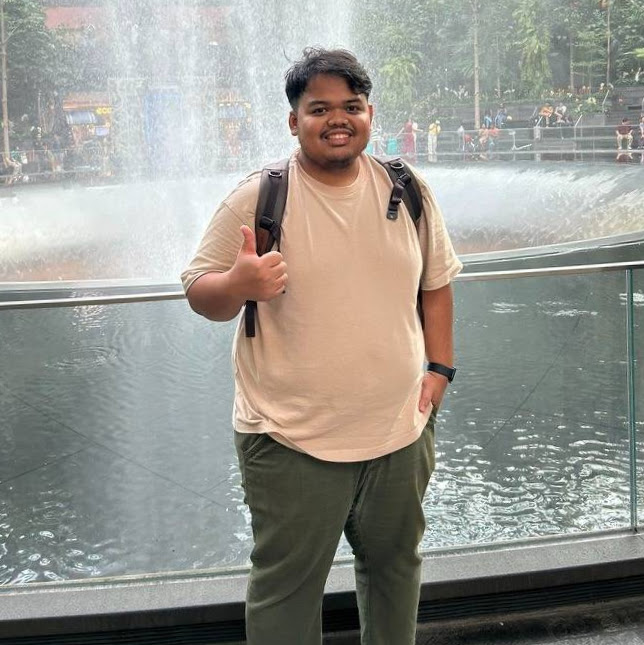 |
Adryan Eka Vandra 🇮🇩 Frontend Infrastructure & Security Adryan is an all-rounder developer who loves bringing ideas to life—whether it's backend, frontend, or mobile—using Django, React, Go, Swift, Kotlin, and Flutter. When he's off the keyboard, you'll probably find him trying new foods, getting lost in a good comic, or chasing laughter with his son. |
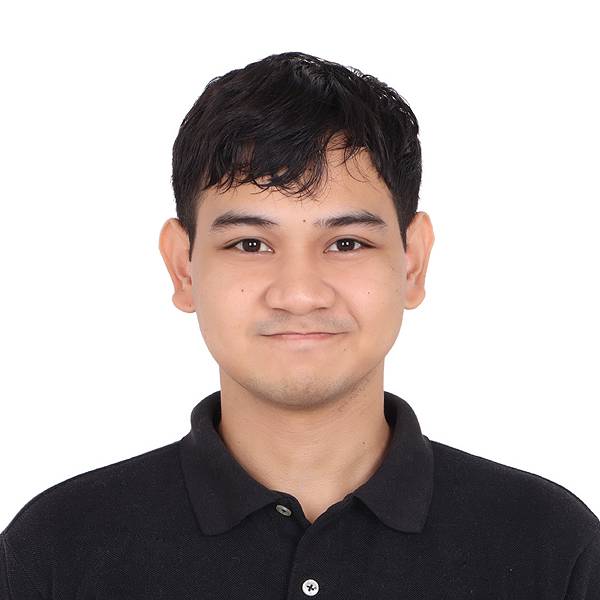 |
John Henry Galino 🇵🇭 Editor Integration Henry is a full-stack developer experienced mostly in JavaScript. Outside work, he usually chills with his dogs and reads technical books. |
 |
Khairunnisa Isma Hanifah 🇮🇩 Documentation Khairunnisa is a fresh graduate with a background in Mathematics and a growing passion for software development, particularly in front-end and documentation. She has contributed to CinemataCMS by working on admin guides, improving developer-facing docs, and is currently working on debugging issues in CinemataCMS. |
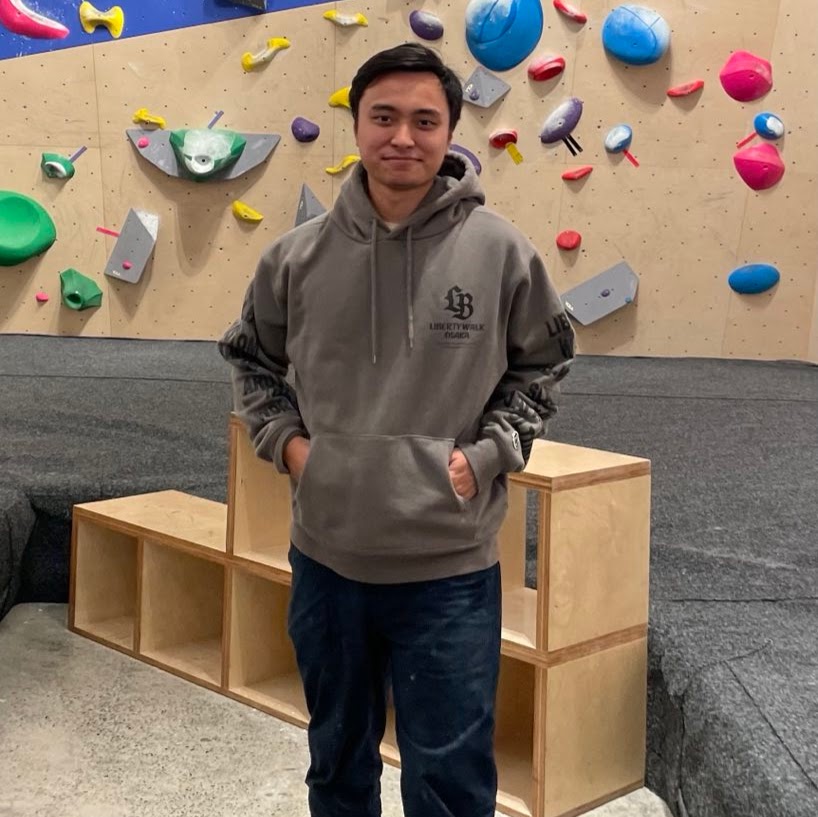 |
Mico Balina 🇵🇭 Documentation Mico is a former banker turned software engineer. Through a combination of coding bootcamps and self-study, he learned various programming languages and frameworks, including React, Ruby on Rails, and Python. He currently works at a company developing loan management systems, where he leverages his background in banking to enhance and streamline financial software solutions. Outside of development, Mico is a passionate rock climber and a full-time car enthusiast. |
 |
Ashraf Haque 🇧🇩 Security Specialist & Migration Lead Ashraf led the complex migration from MediaCMS to CinemataCMS, moving the Cinemata skin and unique features to our new platform. Through countless calls and messages from our "Migration SOS team," he successfully migrated our entire database and proved that CinemataCMS is ready for large-scale migrations. His security protocols and system administration expertise provide the foundation that keeps social issue content safe. |
The Bigger Picture
As I write this, Big Tech platforms are increasingly hostile to advocacy content documenting the realities we face. Algorithms suppress voices documenting the genocide in Gaza, human rights victims in the Philippines seeking justice, the ongoing conflict in Myanmar, and the brewing tensions between US and China in the Asia-Pacific. Content moderation policies favour corporate interests over truth-telling, and attention monetisation and surveillance capabilities grow stronger every day. Meanwhile, alternative platforms often lack the technical sophistication needed for serious advocacy work that can reach audiences at scale.
CinemataCMS 2.0 represents a different path: sophisticated, secure, community-controlled technology built specifically for social justice storytelling. It's not funded by advertising revenue that requires surveillance, or venture capital that demands exponential growth. It's funded by organisations that believe ethical technology infrastructure is essential for democratic societies.
Join the Movement
Whether you're a filmmaker frustrated with mainstream platforms, a developer interested in building technology for social change, or an organisation considering your own video platform, CinemataCMS 2.0 offers something rare: technology designed for your advocacy, not someone else's profit.
Our launch event was a celebration, but more importantly, it was an invitation to join a growing movement of technologists and advocates building the digital infrastructure that democratic societies need.
Looking further ahead, the team dreams of a federated future where organisations across the region run their own CinemataCMS instances – human rights groups in Thailand, environmental groups in Indonesia, video collectives in the Philippines and Bangladesh – all maintaining local control while sharing content and coordinating advocacy efforts through shared protocols.
The source code is on GitHub. The documentation is comprehensive. The community is welcoming. The only question is: what stories will you tell, and what role will you play in building the technology that makes those stories possible?
King Catoy is the Development Lead for CinemataCMS and has been working on digital rights and advocacy technology in Southeast Asia for the past years.
Learn more at github.com/EngageMedia-video/cinematacms